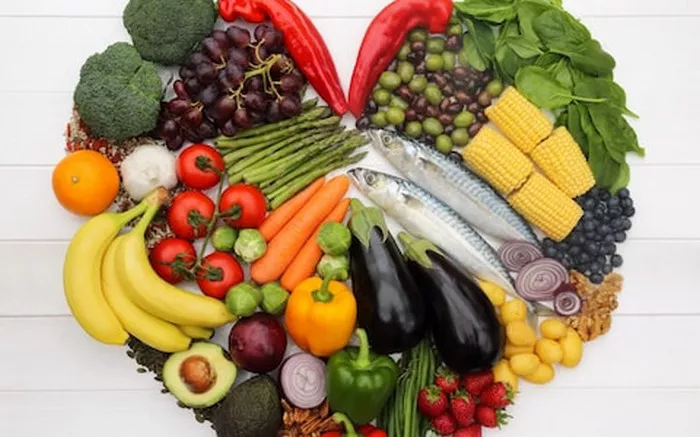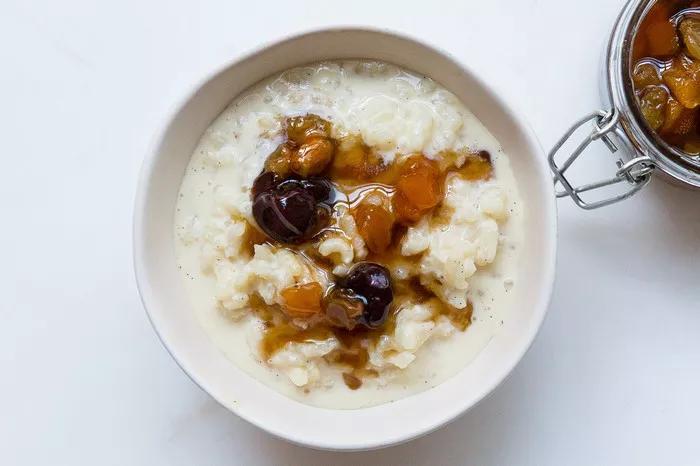Dinner is more than just a meal; it often reflects cultural traditions, social norms, and personal histories. Different cultures have unique ways of organizing and celebrating dinner, each with its own significance. In this article, we will explore seven types of dinner and their cultural importance.
1. Family Dinner
Definition and Importance
Family dinners are gatherings where family members come together to share a meal. This type of dinner is often seen as a time for bonding and communication. In many cultures, family dinners are a cherished tradition.
Cultural Significance
In cultures around the world, family dinners serve as a foundation for family relationships. For example:
United States: Family dinners often take place in the evenings after work and school. They promote values such as togetherness and communication. Traditions like Sunday dinners are common, where families gather weekly to catch up.
Italy: The Italian “pranzo” (lunch) often serves as a family gathering, but evening dinners are also significant. Families may spend hours at the table, enjoying multiple courses and lively conversation.
Japan: In Japan, family dinners emphasize respect and gratitude. Meals often include rice, fish, and vegetables, and it’s customary to say “itadakimasu” (I humbly receive) before eating.
Common Dishes
Common dishes at family dinners may include roasted meats, casseroles, pasta, and seasonal vegetables. Desserts often follow, reinforcing the idea of sharing and enjoyment.
SEE ALSO: What is the Most Popular Holiday Dish?
2. Formal Dinner
Definition and Importance
Formal dinners are planned events that often involve multiple courses and a structured setting. These dinners are usually held to celebrate special occasions, such as weddings or anniversaries.
Cultural Significance
Formal dinners vary by culture but often share similarities in their purpose and execution:
France: French formal dinners are known for their elegance. Courses are served in a specific order, with wine pairings enhancing each dish. The French view formal dining as an art form, emphasizing presentation and flavor.
India: In India, formal dinners can include a lavish spread of dishes, showcasing regional cuisines. The presentation often reflects the occasion’s importance, with intricate serving styles.
United Kingdom: The British formal dinner often features traditional dishes such as roast beef and Yorkshire pudding. The use of fine china and table settings adds to the elegance of the event.
Common Dishes
Formal dinners might include appetizers, soups, main courses, and desserts. Rich sauces, gourmet ingredients, and exquisite presentation are hallmarks of these meals.
3. Potluck Dinner
Definition and Importance
A potluck dinner is a communal gathering where each guest brings a dish to share. This type of dinner fosters community and encourages participation.
Cultural Significance
Potluck dinners are common in various cultures, each bringing its twist:
United States: Potlucks are popular for gatherings such as holidays, community events, and celebrations. They allow people to share their favorite recipes and culinary traditions.
Canada: Similar to the U.S., potluck dinners in Canada promote cultural diversity. Guests often bring dishes that reflect their heritage, creating a rich tapestry of flavors.
Mexico: In Mexico, potluck-style meals are common during festivals and celebrations. Guests may bring traditional dishes like tamales or mole, showcasing their culinary heritage.
Common Dishes
Potluck dishes can vary widely but often include casseroles, salads, desserts, and ethnic specialties. The diversity of dishes reflects the backgrounds of the attendees.
4. Themed Dinner
Definition and Importance
Themed dinners revolve around a specific idea, cuisine, or event. These dinners offer a fun way to celebrate occasions or explore new culinary experiences.
Cultural Significance
Themed dinners can be found in many cultures, adding excitement and creativity:
Hawaiian Luau: A Hawaiian luau typically includes traditional foods such as kalua pig and poi, accompanied by hula dancing and music. It celebrates Hawaiian culture and community.
Italian Feast: An Italian-themed dinner might focus on regional specialties, like a Venetian seafood feast or a Tuscan pasta night. These dinners celebrate the diverse culinary heritage of Italy.
Taco Night: In the U.S., taco nights are popular for family gatherings. They often celebrate Mexican cuisine and encourage creativity as guests build their tacos with various toppings.
Common Dishes
Common dishes at themed dinners depend on the theme but often include signature items representative of the culture being celebrated. For example, a Hawaiian luau might feature tropical fruits and roasted meats.
5. Buffet Dinner
Definition and Importance
A buffet dinner is a meal where guests serve themselves from a variety of dishes. This style of dining allows for flexibility and choice.
Cultural Significance
Buffets are popular in various cultures, often associated with hospitality:
Chinese: In Chinese culture, buffet dinners are common in restaurants and during celebrations. They offer a wide range of dishes, from dim sum to Peking duck, allowing guests to sample many flavors.
Indian: Indian buffet dinners often feature an array of curries, breads, and rice dishes. They allow guests to experience diverse regional cuisines in one meal.
American: In the U.S., buffets are popular at events like weddings and parties. They promote mingling and social interaction, reflecting a casual approach to dining.
Common Dishes
Buffet dishes often include a mix of appetizers, main courses, sides, and desserts. The variety allows guests to customize their plates and try new foods.
6. Outdoor Dinner
Definition and Importance
Outdoor dinners take place in natural settings, such as gardens, parks, or beaches. They promote relaxation and enjoyment of nature.
Cultural Significance
Outdoor dinners have cultural significance in many societies:
Mediterranean: In Mediterranean cultures, outdoor dining is common. Meals often feature fresh ingredients, such as seafood and vegetables, enjoyed al fresco.
Barbecue Culture: In the U.S., barbecues are a popular way to gather with friends and family. Grilling meats and vegetables outdoors fosters a casual, social atmosphere.
Japanese Hanami: In Japan, hanami (flower viewing) dinners occur during cherry blossom season. People gather in parks to enjoy picnics under blooming trees, celebrating nature and friendship.
Common Dishes
Outdoor dinners may include grilled meats, salads, and light snacks. Seasonal fruits and refreshing beverages are also popular.
7. Breakfast-for-Dinner
Definition and Importance
Breakfast-for-dinner, or “brinner,” is a fun trend where breakfast foods are served at dinner time. This playful approach to meals allows for comfort and creativity.
Cultural Significance
Breakfast-for-dinner reflects cultural trends and personal preferences:
American: In the U.S., breakfast-for-dinner is a beloved tradition. Dishes like pancakes, eggs, and bacon create a sense of nostalgia and comfort.
Swedish: In Sweden, a traditional breakfast often includes items like herring and crispbread. Serving these foods for dinner introduces a playful twist on classic meals.
English: In the UK, the full English breakfast, featuring eggs, sausages, and baked beans, can easily transition to dinner, showcasing the versatility of breakfast foods.
Common Dishes
Common dishes for breakfast-for-dinner include pancakes, omelets, waffles, and breakfast burritos. These meals are often accompanied by coffee or juice, creating a relaxed dining experience.
Conclusion
Dinner is a universal experience, yet its significance varies widely across cultures. From family gatherings to themed celebrations, each type of dinner reflects unique traditions and values. Understanding these differences enriches our appreciation for food and the connections it fosters among people. Whether you’re enjoying a formal dinner or a casual potluck, every meal tells a story and brings people together. Embrace the diversity of dinner types and celebrate the cultural significance behind each meal.
Related topics:



























